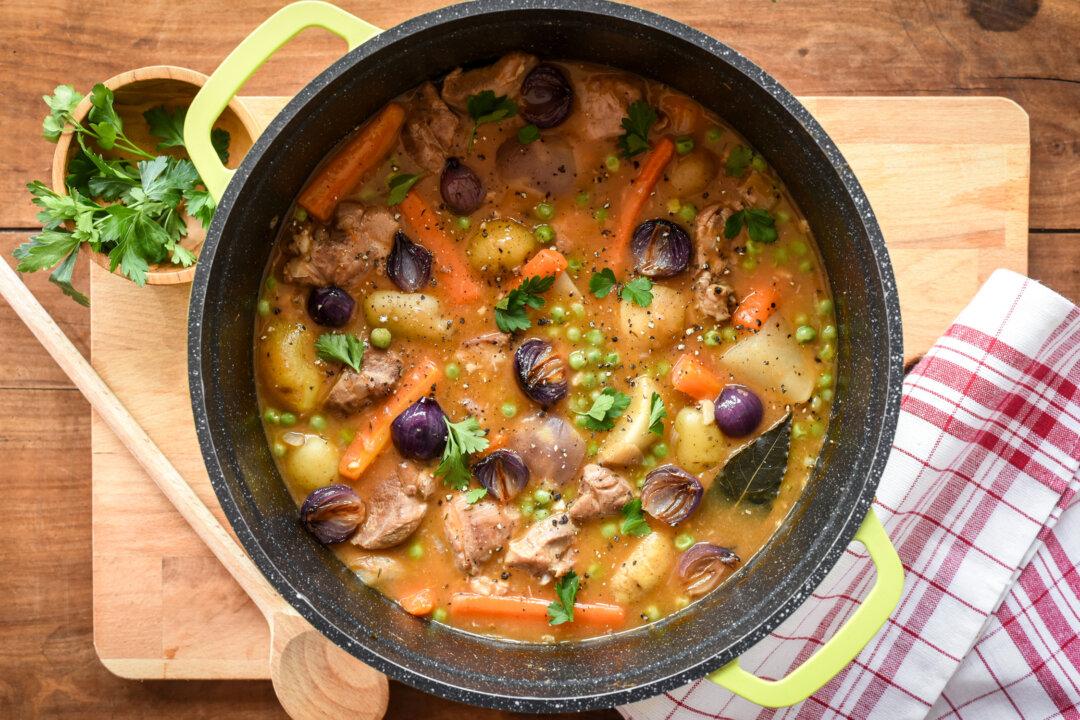When cooking a pot of garbure, your ladle is your timer. Stick the ladle in the middle of the pot, and if it can stand upright on its own, the soup is ready.
Hailing from the southwestern province of Gascony, just north of the Pyrenees mountains, garbure is a rustic soup consisting of a smoked ham hock, beans, cabbage, and seasonal vegetables, all slowly stewed together until thick, rich, and full of smokey flavor. It’s a great classic of French mountain cooking, eaten year-round but best enjoyed on a blustery winter day.





